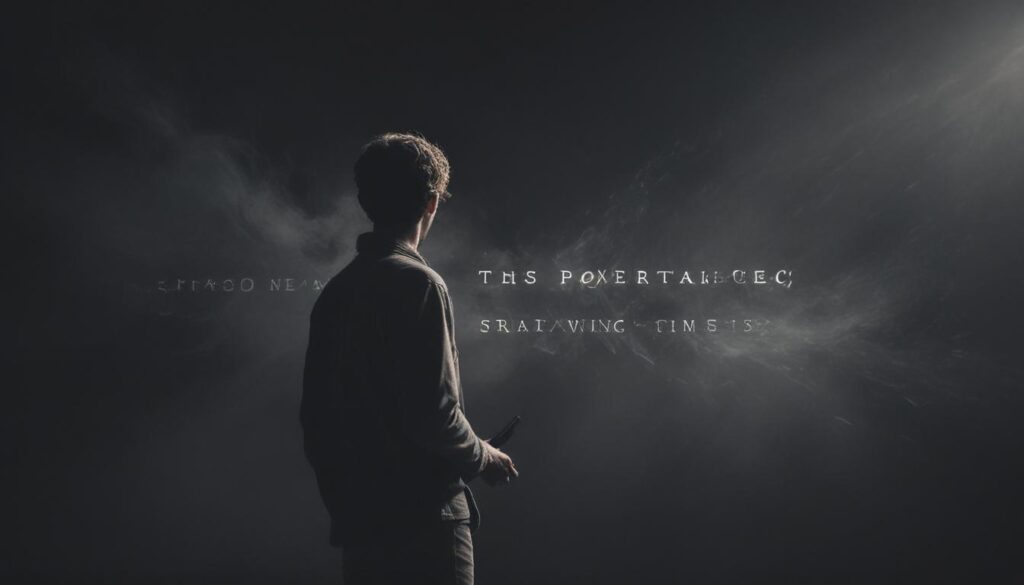Now Reading: Master Storytelling for Deeper Bonds
- 01
Master Storytelling for Deeper Bonds
Master Storytelling for Deeper Bonds

Mastering Storytelling How to Build Deeper Personal Connections
The Art of Storytelling for Personal Connection
Do you ever leave a conversation feeling like you were never really there? You exchanged pleasantries, talked about the weather, and shared facts about your job, but you didn’t truly connect. It’s a hollow feeling, a sense that you and the other person are just two ships passing in the night. This struggle to build genuine bonds can leave us feeling isolated and misunderstood.
The solution isn’t a new app or a social media trick. It’s a tool as old as humanity itself, and one you already possess storytelling. By learning to share your experiences not as a list of events but as a narrative, you can bridge the gap between small talk and true connection.
Storytelling is the fundamental way we make sense of the world. It is the language of emotion, empathy, and memory. When you tell a story, you are doing more than just relaying information; you are inviting someone into your world. You give them a chance to see things from your perspective, to feel what you felt, and to understand the lesson you learned. This act of vulnerability is the most powerful catalyst for building trust and intimacy. It transforms a simple conversation into a shared journey, creating a bond that facts and figures never could.
Why Stories Forge Unbreakable Bonds
There is powerful science behind why stories are so effective. When we listen to a compelling narrative, our brains release oxytocin, often called the “love hormone” or “empathy hormone.” This neurochemical is associated with feelings of trust, generosity, and compassion. In essence, a good story chemically primes our brains to connect with the storyteller. It bypasses our critical filters and speaks directly to the emotional parts of our minds. This is why you feel a lump in your throat during a sad movie; your brain is experiencing the story as if it were happening to you.
Facts and data, on the other hand, engage different parts of the brain. They are processed in our logic centers. While this information can be useful, it rarely creates a lasting emotional imprint. You might remember a statistic for a day, but you will remember a story that made you feel something for a lifetime. Stories give context and meaning to facts. They are the vehicle that carries emotion, and emotion is the glue that makes memories and relationships stick. Telling a story is like handing someone a key to a private room in your mind, an act that inherently builds trust and understanding.

How to Weave Your Own Compelling Narratives
Find the Universal in the Personal
The most connective stories are not about climbing Mount Everest. They are about small, personal moments that tap into universal human emotions. The secret is to find relatable feelings within your unique experiences. Think about a time you felt profound embarrassment, overwhelming joy, or nervous anticipation. These are feelings everyone understands. Sharing your vulnerability is not a sign of weakness; it is an invitation for others to connect with your humanity.
Instead of saying, “My first day at my new job was stressful,” tell the story. Describe your sweaty palms as you searched for the right office, the awkwardness of forgetting a new colleague’s name, and the small wave of relief when someone invited you to lunch. This narrative is more powerful because it allows the listener to recall their own similar feelings. They connect not just with your event, but with the shared human emotion at its core.
Structure Your Story Simply
A compelling story doesn’t need a complex plot. For conversational storytelling, simplicity is your greatest asset. A powerful and easy structure has three parts The Setup, The Struggle, and The Resolution. The Setup provides the context—who, where, and what was normal. The Struggle is the core of the story; it’s the conflict or challenge that disrupted the norm. This is where the tension builds. Finally, The Resolution is the outcome and, more importantly, the lesson learned.
The Resolution is where the magic of connection happens. It doesn’t always have to be a happy ending. Sometimes the most powerful stories end in failure. The key is to share what the experience taught you or how it changed your perspective. For example, the resolution of your “stressful first day” story might be that you learned the importance of asking for help. This insight is the gift you give the listener, a piece of wisdom wrapped in a personal narrative that shows the lesson learned or the change that occurred within you.



































